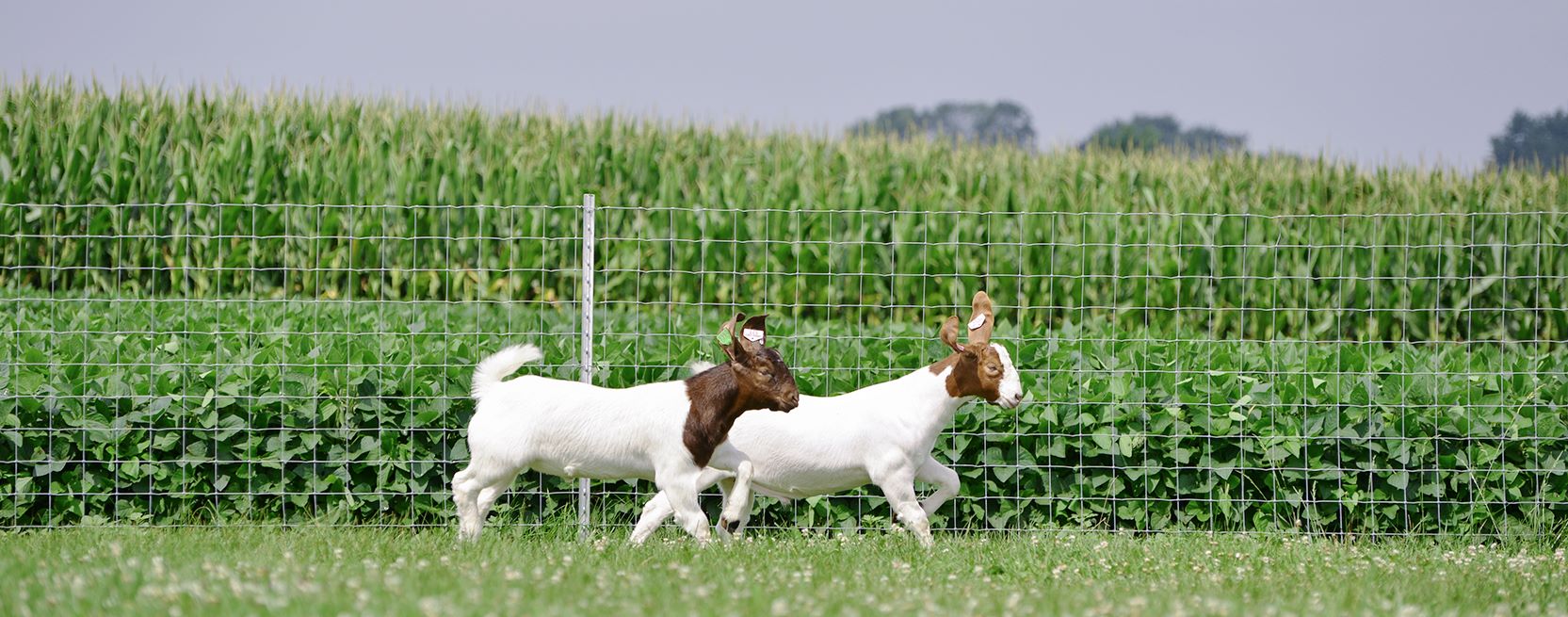

Articles
How Tall Should Goat Fence Be
Modified: August 22, 2024
Discover the ideal height for goat fences in this informative article. Learn how to protect your goats effectively and prevent escapes.
(Many of the links in this article redirect to a specific reviewed product. Your purchase of these products through affiliate links helps to generate commission for Storables.com, at no extra cost. Learn more)
Introduction
When it comes to keeping goats on a property, one of the most crucial considerations is ensuring their safety and containment. A sturdy and secure fence is essential for preventing goats from wandering off and protecting them from potential predators. However, determining the appropriate height for a goat fence can be a challenge, as different factors need to be taken into account. In this article, we will explore the various factors to consider when determining the height of a goat fence and provide recommendations for optimal fence height.
Goats are known for their agility and ability to jump over obstacles. They are curious animals and often have a natural inclination to explore their surroundings. Therefore, it is essential to have a fence that is tall enough to prevent them from escaping.
The height of a goat fence depends on several factors, including the breed of goats, their age, and the purpose of the fence. Goats come in different sizes, and certain breeds are more prone to attempting to jump over or through fences. Additionally, the age of the goats is a factor to consider, as younger goats may be more energetic and adventurous in their escape attempts.
Before deciding on the appropriate fence height, it is crucial to assess the specific needs and characteristics of the goat herd. Understanding the average height of the different goat breeds is essential to determine a suitable fence height that will effectively contain them.
Next, we will explore the average heights of various goat breeds, as this information will serve as a foundation for determining the recommended minimum fence height for goats.
Key Takeaways:
- Goats’ fence height should be 4 to 5 feet to prevent most breeds from escaping. Consider breed, age, and behavior when determining the optimal fence height for your goats’ safety and containment.
- Prioritize fence durability and material choice to ensure the longevity and effectiveness of the fence. Consider spacing, gate placement, visibility, burrowing prevention, regular inspections, and weather conditions for effective goat fencing.
Read more: How Tall Should Horse Fence Be
Factors to consider when determining goat fence height
When determining the height of a goat fence, several important factors should be taken into consideration. Each of these factors plays a role in ensuring the fence is effective in containing the goats and preventing them from escaping. Here are the key factors to consider:
- Breed of goats: Different goat breeds vary in size, with some being larger and more athletic than others. Larger breeds may have a greater jumping ability, requiring taller fences to keep them contained. Researching the specific breed’s average height and jumping capabilities is essential in determining an appropriate fence height.
- Age of goats: Younger goats are generally more agile and have more energy compared to older ones. They may be more prone to attempting to jump over or squeeze through fences. Considering the age of the goats is important in determining a fence height that can effectively contain them.
- Purpose of the fence: The purpose for putting up a goat fence can also influence the required height. For instance, if the primary objective is to keep goats in while preventing predators from entering, a taller fence may be necessary to deter jumping or climbing attempts by both goats and predators.
- Neighboring properties: The proximity of neighboring properties can also play a role in fence height determination. If neighboring properties have shorter fences, it is important to ensure your goat fence is tall enough to prevent goats from jumping over and entering the neighboring property.
- Environmental conditions: The environmental conditions in your area may also affect the required fence height. For instance, if your property is located in an area with abundant vegetation or obstacles that goats can use as leverage to jump higher, a taller fence may be necessary to account for these surroundings.
Considering these factors will help in determining an appropriate fence height that will effectively contain the goats and minimize the risk of them escaping. It is essential to evaluate each factor in relation to your specific situation to ensure the fence provides the highest level of security for your goats.
Now that we have explored the factors to consider when determining goat fence height, let’s move on to discussing the average height of different goat breeds, which will serve as a guideline for determining the recommended minimum fence height for goats.
Average height of different goat breeds
Goat breeds come in various sizes, and their average height can vary significantly. Understanding the average height of the different goat breeds is essential in determining an appropriate fence height that will effectively contain them. Let’s take a look at the average heights of some common goat breeds:
- Nubian: Nubian goats are known for their large size, with males reaching an average height of 30-35 inches at the shoulder and females averaging slightly shorter, around 28-32 inches. Due to their larger stature, Nubians may require a fence on the higher end of the height scale.
- Boer: Boer goats are another large breed, with males standing at around 30-34 inches tall and females ranging from 28-32 inches. Their muscular build and natural athleticism may make them more inclined to attempt jumping, so a taller fence is recommended.
- Pygmy: Pygmy goats are smaller in size compared to Nubians and Boers. On average, they reach a height of 17-23 inches at the shoulder. Despite their smaller stature, Pygmy goats are still capable of jumping, so a moderately tall fence is necessary for containment.
- LaMancha: LaMancha goats have a unique characteristic of having very short external ears. In terms of height, males generally stand at 28-30 inches, while females range from 26-28 inches. Their medium size makes a fence of moderate height appropriate.
- Alpine: Alpine goats are known for their excellent milk production and moderate size. Males typically reach a height of 30-34 inches at the shoulder, while females average around 28-32 inches. A sturdy fence of a medium height is typically sufficient for Alpines.
These are just a few examples of popular goat breeds, and there are many other breeds with varying heights. It is important to research the specific breed you have or plan to have on your property to understand their average height and physical capabilities.
Now that we have a better understanding of the average heights of different goat breeds, we can move on to discussing the recommended minimum fence height for goats in general.
Recommended minimum fence height for goats
When it comes to determining the minimum fence height for goats, it is important to consider their breed, age, and behavior tendencies. While there is no one-size-fits-all answer, we can provide some general guidelines to help you decide on a suitable fence height for your goats.
Based on the average heights of different goat breeds, as discussed earlier, and considering the factors such as breed, age, and jumping ability, the recommended minimum fence height for goats is typically 4 to 5 feet (1.2 to 1.5 meters). This height is generally sufficient to prevent most goats from jumping over the fence and escaping.
However, it’s important to note that some goat breeds may have exceptional jumping abilities. In such cases, it may be necessary to install a fence taller than the suggested minimum height. Additionally, if you have younger and more energetic goats, they might be more determined to test the limits of the fence, so a higher fence may be required.
Apart from the height, it is equally important to ensure the fence is sturdy and well-constructed to prevent goats from knocking it down or squeezing through any weak spots. Reinforcing the fence with additional support, such as horizontal braces or electric wires, can help increase its effectiveness in containing the goats.
Remember, the recommended minimum fence height is a general guideline, and it’s important to consider the specific needs and characteristics of your goat herd. Assess factors such as breed, age, behavior, and any local regulations or requirements that may influence fence height. Taking these factors into account will help you create a safe and secure environment for your goats.
Now that we have covered the recommended minimum fence height for goats, let’s explore the importance of fence durability and material choice.
Goat fences should be at least 4 feet tall to prevent them from jumping over. However, if you have particularly agile or large goats, consider a fence height of 5-6 feet for added security.
Importance of fence durability and material choice
When it comes to goat fences, durability and material choice are of utmost importance. A strong and durable fence not only keeps the goats contained but also ensures their safety and minimizes the risk of damage to the fence itself. Let’s delve into the significance of fence durability and the choice of materials for goat fencing.
1. Security and containment: Goats are naturally curious and can be quite skilled at testing fence boundaries. A durable fence is crucial in preventing them from breaking through, jumping over, or squeezing through weak spots. It’s important to choose materials that can withstand the weight, force, and antics of the goats.
2. Predator protection: A strong and secure fence not only keeps goats in but also keeps predators out. Goats are vulnerable to attacks from predators such as coyotes, wolves, and dogs. A well-constructed fence discourages predators from attempting to enter the goat enclosure, providing an added layer of protection for the animals.
3. Longevity and cost-effectiveness: Investing in a durable fence made with high-quality materials may initially seem more expensive, but it can save you money in the long run. A fence that is built to last will require fewer repairs and replacements over time, making it a cost-effective choice in the grand scheme of maintaining your goat enclosure.
4. Maintenance: A fence that is made of durable materials typically requires less maintenance and upkeep. Choosing materials that are weather-resistant and resistant to rot and decay can help minimize the need for frequent repairs and maintenance, allowing you to focus more on caring for your goats rather than constantly tending to the fence.
5. Material choice: There are several materials to consider when choosing a goat fence, including wood, wire mesh, electric fencing, and woven wire. Each material has its own advantages and considerations, such as durability, visibility, and cost. It’s important to research and choose a material that best suits your specific needs and budget.
Ultimately, the durability and material choice of your goat fence will significantly impact its effectiveness in containing the goats, protecting them from predators, and standing the test of time. It’s crucial to carefully evaluate your options, considering the specific requirements of your goat herd and the environmental conditions in your area.
Now that we’ve explored the importance of fence durability and material choice, let’s discuss some additional considerations for effective goat fencing.
Read more: How Tall Should A Privacy Fence Be
Additional considerations for effective goat fencing
When it comes to goat fencing, there are several additional considerations to keep in mind to ensure its effectiveness in containing the goats and providing a safe and secure environment. Let’s explore these considerations in more detail:
1. Spacing between fence posts: The spacing between fence posts is crucial in preventing goats from squeezing through or getting stuck. For most goat breeds, a spacing of 8 to 10 feet (2.4 to 3 meters) is sufficient. However, if you have smaller or more agile goat breeds, consider reducing the spacing to prevent escape attempts.
2. Proper gate placement: Gates are essential for accessing the goat enclosure and allowing the movement of goats or equipment. Place gates in easily accessible locations and ensure they are securely installed to prevent goats from forcing them open. Consider using self-locking mechanisms or latches that goats cannot easily manipulate.
3. Visibility of the fence: It is important to ensure that the fence is visible to the goats. Goats may be more likely to challenge or attempt to jump over a fence they cannot see clearly. Adding visible markers or reflective tape to the fence can help improve visibility and reduce the likelihood of escape attempts.
4. Burrowing prevention: Some goats have a tendency to burrow under fences. To prevent this, consider burying the bottom of the fence several inches into the ground or using wire mesh that extends into the soil to deter digging attempts.
5. Regular inspections: Regularly inspect the fence for any signs of damage, weak spots, or areas where goats may be attempting to escape. Repair or reinforce these areas promptly to maintain the integrity of the fence and prevent potential escapes.
6. Consider electric fencing: Electric fencing can be an effective deterrent for goats, providing an additional barrier to discourage jumping or leaning on the fence. Ensure that any electric fencing is installed correctly and that goats are properly trained to respect the electric charge.
7. Weather considerations: Take into account the weather conditions in your area when selecting or installing a goat fence. Ensure the materials used can withstand the elements and that the fence remains secure and intact, even during heavy rain, strong winds, or snowfall.
By considering these additional factors, you can ensure that your goat fence is effective in containing the goats and providing a safe and secure environment for them to thrive. Regular maintenance and attention to these considerations will help prevent escapes and keep your goats secure within their designated area.
Now that we have discussed these additional considerations, let’s conclude our article.
Conclusion
In conclusion, determining the appropriate height for a goat fence is crucial in ensuring the safety and containment of your goats. Factors such as the breed, age, behavior, and purpose of the fence should be taken into consideration to determine the optimal fence height. Based on average heights of different goat breeds, a recommended minimum fence height of 4 to 5 feet is typically sufficient to prevent most goats from escaping.
In addition to fence height, it is equally important to prioritize fence durability and the choice of materials. A strong and well-constructed fence plays a crucial role in securely containing the goats and protecting them from potential predators. Choosing materials that are weather-resistant, rot-resistant, and sturdy will ensure the longevity and effectiveness of the fence over time.
Other considerations such as spacing between fence posts, proper gate placement, visibility of the fence, burrowing prevention, regular inspections, and weather considerations are essential for effective goat fencing. Taking these factors into account will help create a secure environment and minimize the risk of escapes or injuries.
Ultimately, constructing a goat fence requires careful planning and consideration of various factors specific to your herd and property. By understanding the needs and behaviors of your goats, researching the average heights of different breeds, and investing in a durable fence, you can create a safe and reliable enclosure that provides your goats with the freedom to roam while keeping them secure.
Remember to regularly inspect and maintain your goat fence, keeping an eye out for any signs of damage or areas of weakness. By doing so, you can ensure the long-term effectiveness of the fence and provide a secure space for your goats to thrive.
Now that you have the knowledge and understanding to determine the appropriate height for your goat fence, happy fencing and happy goats!
Frequently Asked Questions about How Tall Should Goat Fence Be
Was this page helpful?
At Storables.com, we guarantee accurate and reliable information. Our content, validated by Expert Board Contributors, is crafted following stringent Editorial Policies. We're committed to providing you with well-researched, expert-backed insights for all your informational needs.
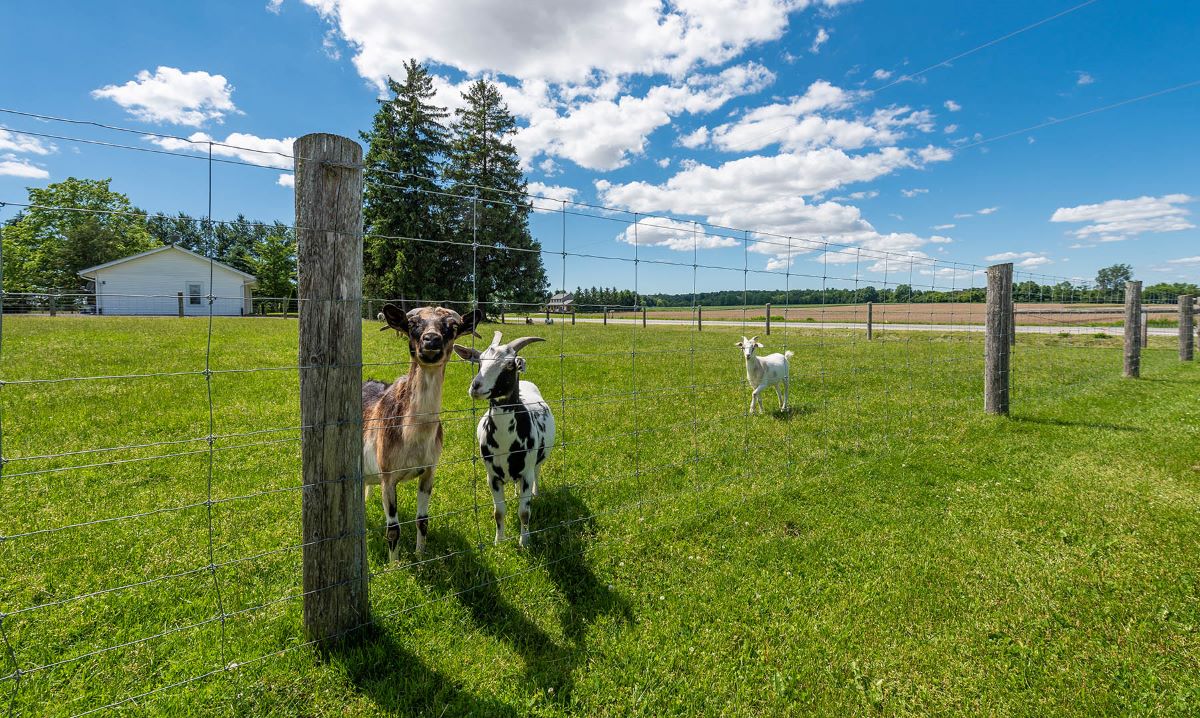
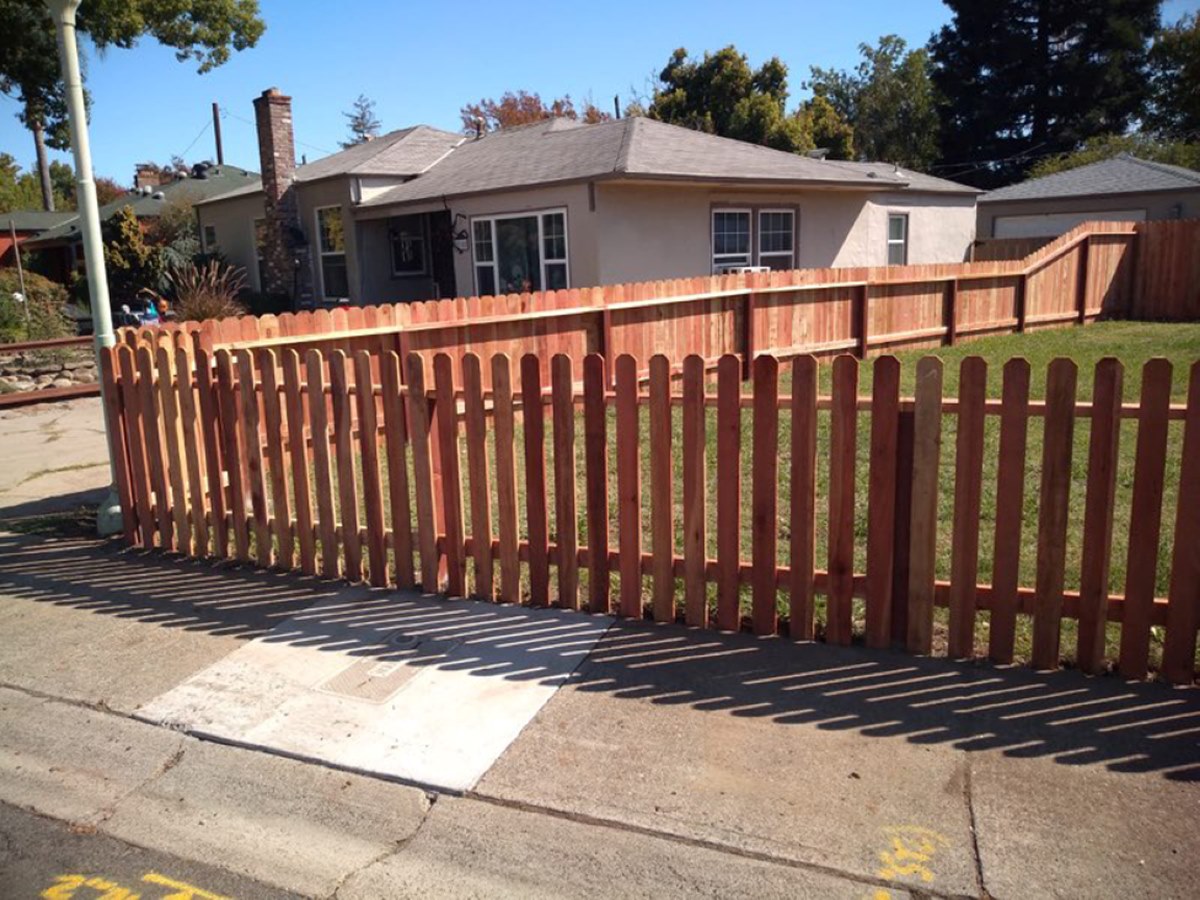
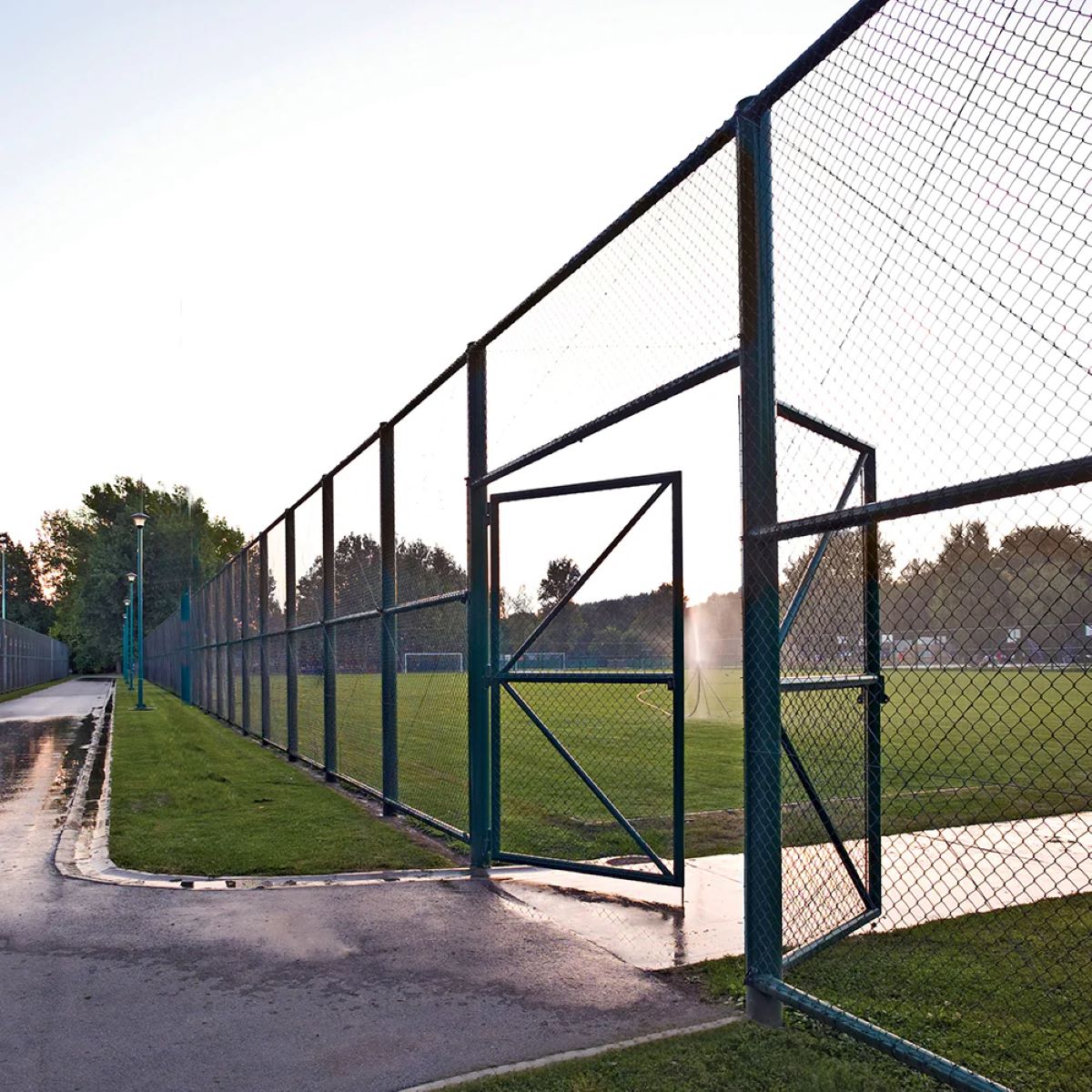
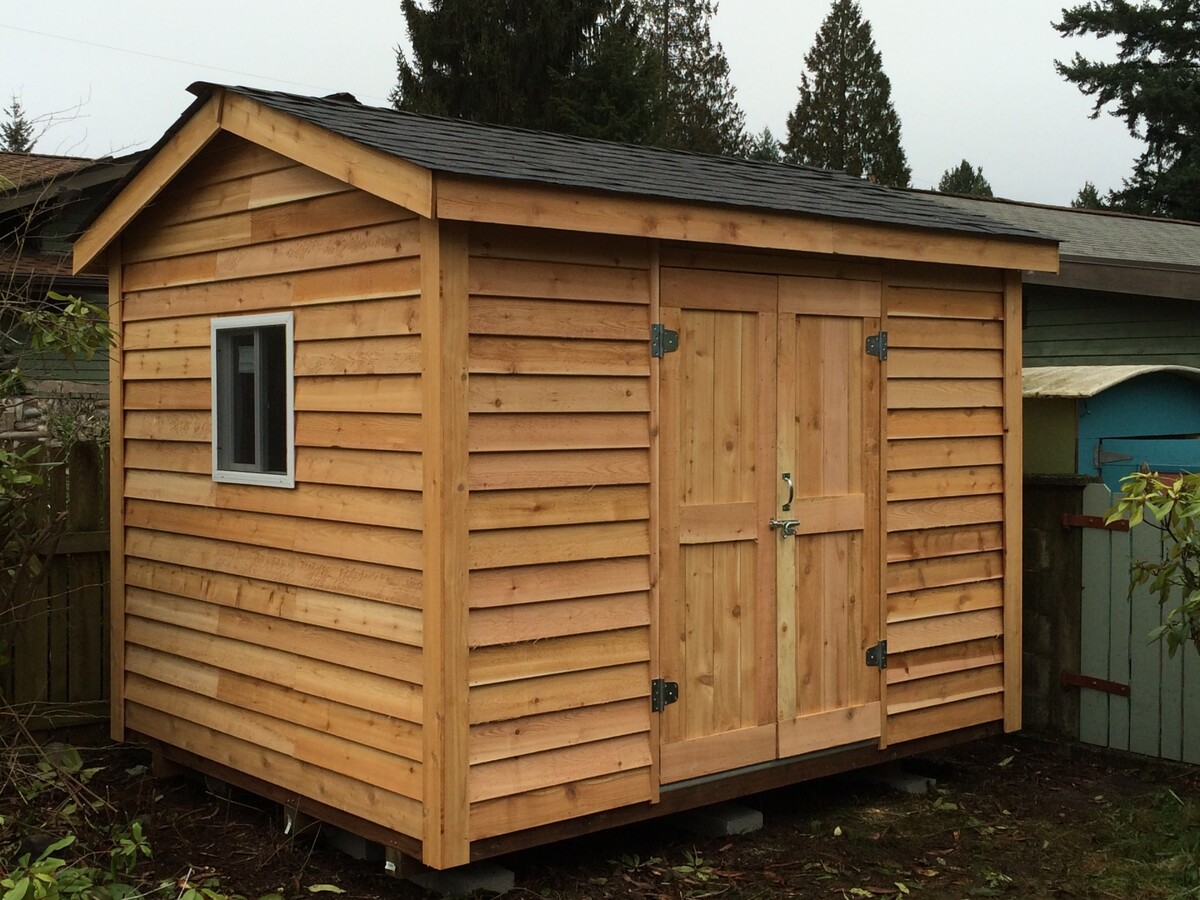
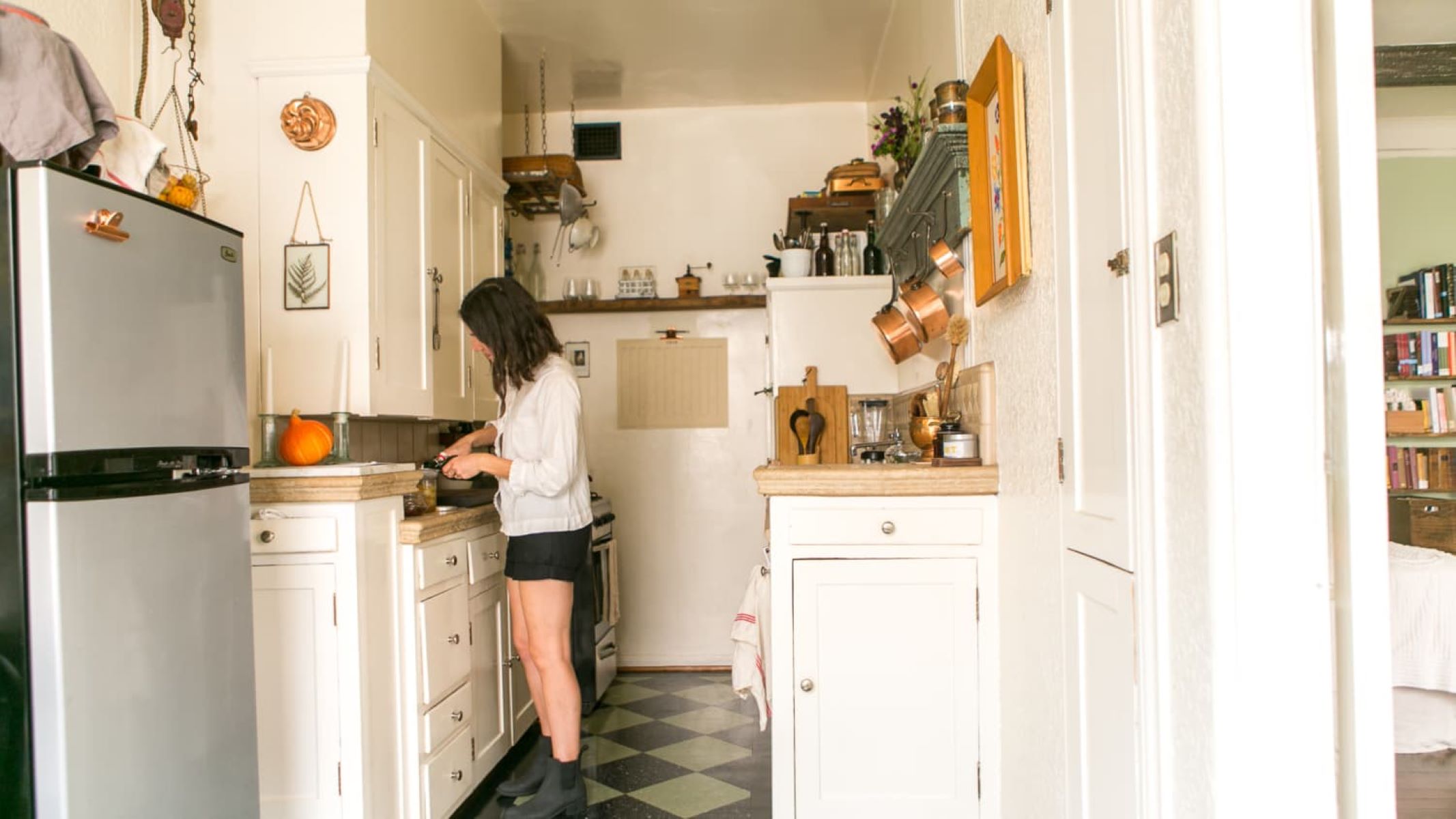
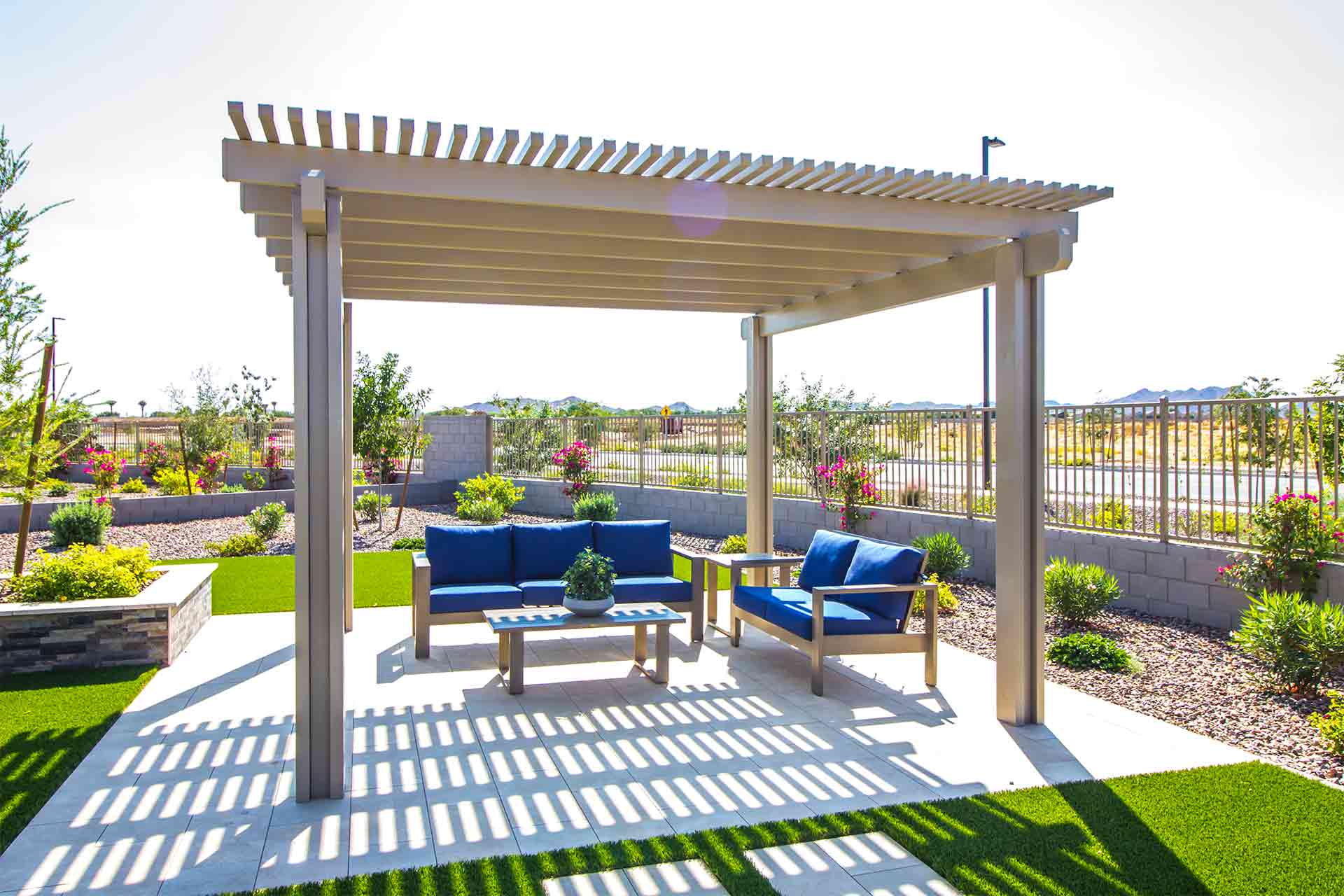
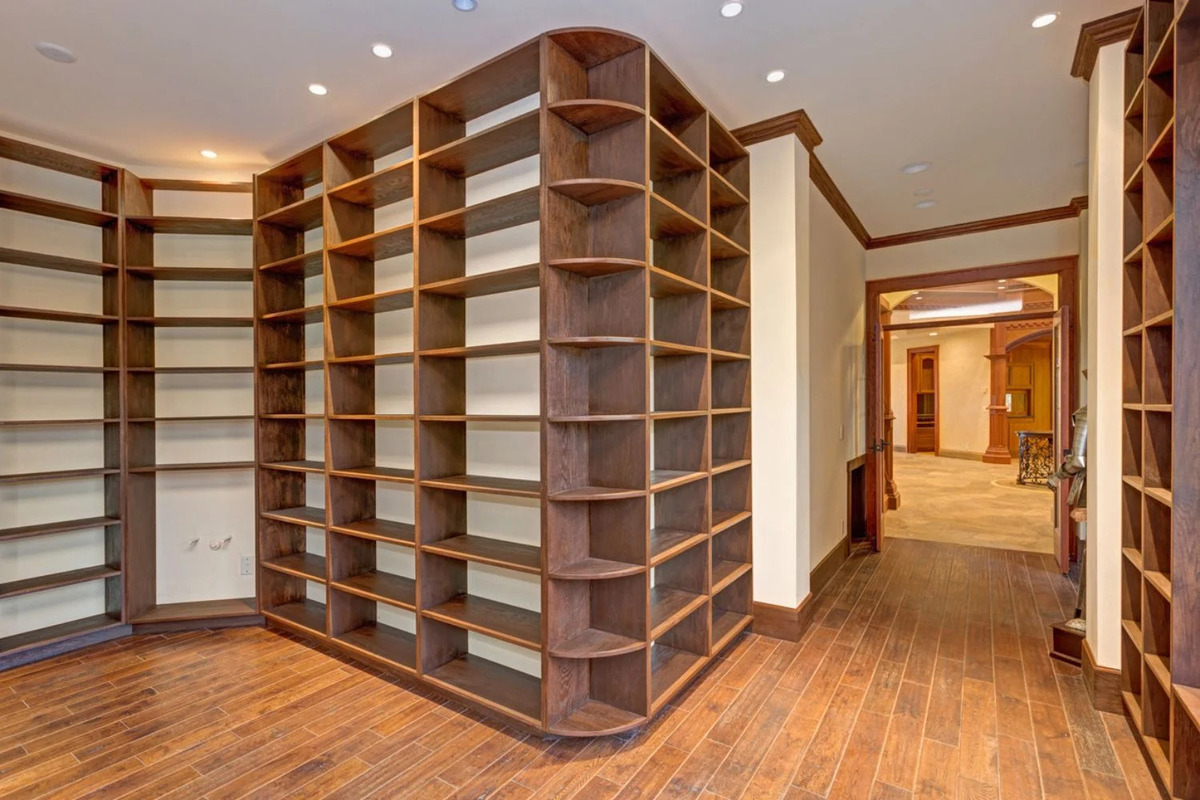
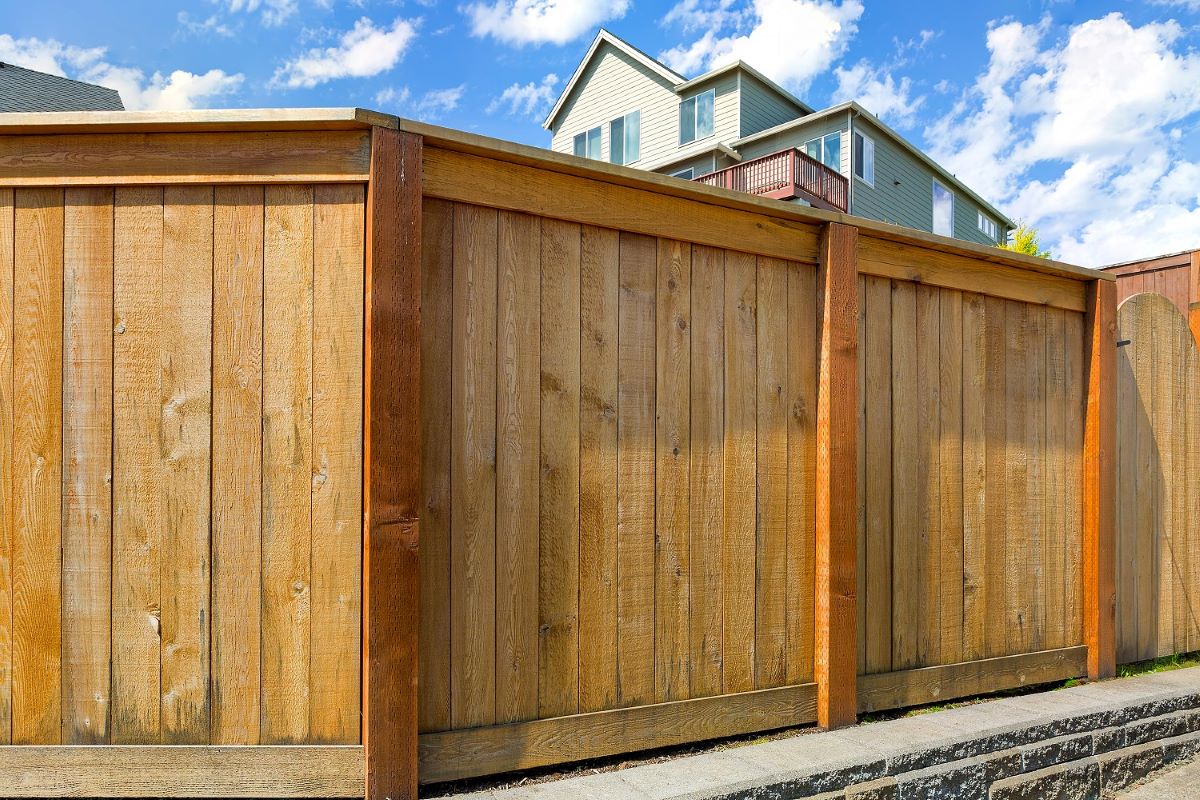





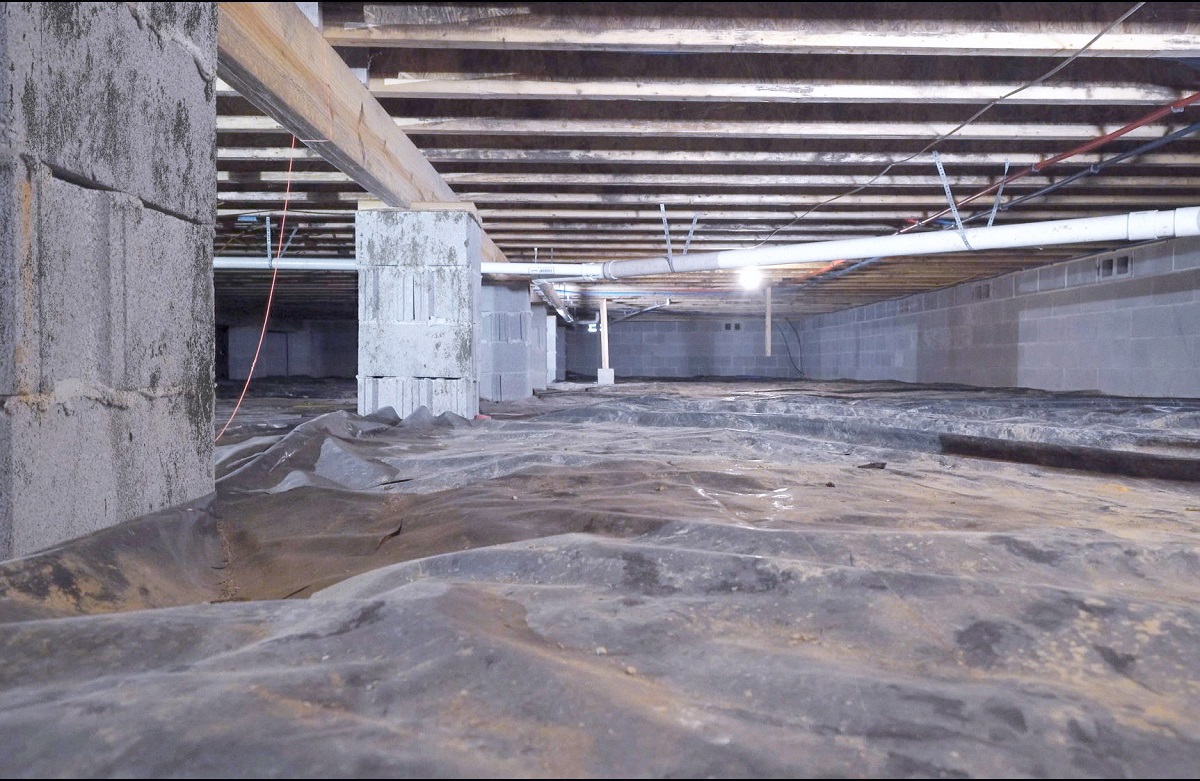

0 thoughts on “How Tall Should Goat Fence Be”